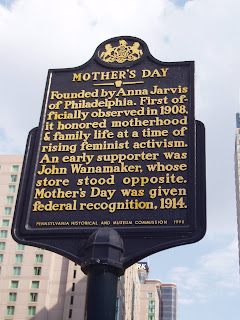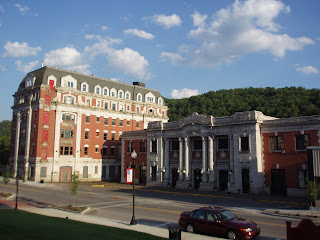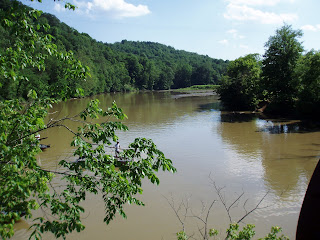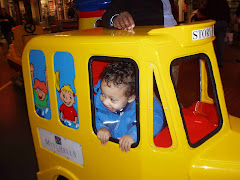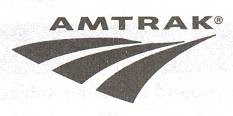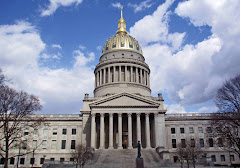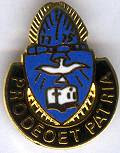 Honduras with my unit back to the states. The unit had been in Honduras for 8 months, I had been there for 6 1/2 myself. We lived in a Base Camp we had built. It was named for the symbol on our crest, the Powderhorn. Reveille was 0545, and lights out normally was between 9 and 10 at night. In between, our days were filled with many events, some nice, some not so nice, and others, well let's just say they were "interesting."
Honduras with my unit back to the states. The unit had been in Honduras for 8 months, I had been there for 6 1/2 myself. We lived in a Base Camp we had built. It was named for the symbol on our crest, the Powderhorn. Reveille was 0545, and lights out normally was between 9 and 10 at night. In between, our days were filled with many events, some nice, some not so nice, and others, well let's just say they were "interesting." From the air, our base camp looked pretty much like base camps that the Army has built in many parts of the world. Of course this one was in the tropics and was located at 4,000 plus feet in elevation. It had pretty much everything we needed to live, albeit in a "Spartan" mode. We had food, shelter, water,etc.
From the air, our base camp looked pretty much like base camps that the Army has built in many parts of the world. Of course this one was in the tropics and was located at 4,000 plus feet in elevation. It had pretty much everything we needed to live, albeit in a "Spartan" mode. We had food, shelter, water,etc.
 Our purpose for being there was to build a road in a very rural, mountainous area of Honduras where there were very few roads. What roads they had prior to our arrival were nothing more than rutted paths that were impassable for all except the most determined person on foot during the rainy season (September through January most years). Thus, we were not really improving a road, though there had been one of sorts in the area before. We were going in and starting all over.
Our purpose for being there was to build a road in a very rural, mountainous area of Honduras where there were very few roads. What roads they had prior to our arrival were nothing more than rutted paths that were impassable for all except the most determined person on foot during the rainy season (September through January most years). Thus, we were not really improving a road, though there had been one of sorts in the area before. We were going in and starting all over.As I said, we lived in a base camp composed, for the most part of "GP
 Medium" tents. We lived in them, took a shower in them, and worked in them. We even, as you might guess, prayed in them.
Medium" tents. We lived in them, took a shower in them, and worked in them. We even, as you might guess, prayed in them.We were not the first unit deployed to this area of Honduras to build a road, there had been several others prior to our arrival, and there were several others in the years immediately after we left. But ours was the largest in terms of personnel, and equipment, and we spent more time in country than any other unit deployed into Honduras to build roads.
 I supervised 21 other Chaplains who rotated in and out generally on every 2 weeks. We had services, Bible Studies, Gospel Sings, Orientations to the history and culture of Honduras, Spanish lessons, and even a special service to honor Dr. Martin Luther King.
I supervised 21 other Chaplains who rotated in and out generally on every 2 weeks. We had services, Bible Studies, Gospel Sings, Orientations to the history and culture of Honduras, Spanish lessons, and even a special service to honor Dr. Martin Luther King.As with Army Chapels everywhere, it was very interdenominational. Thus it had both a Protestant/Roman Catholic setting (right), and a Jewish setting (left). There were no Islamic Chaplains assigned to Fuertes Caminos '88. There was one possibly two in the Army at that time, but they were not used in a remote situation such as we had .


At any rate, we went, we built, and we came back. And along the way we wrote down everything that we did. At that time, remember this was November 1987 to June 1988, we were the largest number of troops the Army had deployed to an overseas location since World War II. When all was said and done, we had over 15,000 involved. Thus, there were a lot of "lessons learned" by all of us, including the Chaplain section. These lessons were recorded, and then brought out and reviewed just a few years later by those who conducted the deployments for Desert Shield/Desert Storm. And of course, those "lessons" were reviewed by those who conducted the deployments for Operation Iraqui Freedom. Thus, in a certain sense, we were trail-blazers in more ways than just building a road in rural Honduras.
